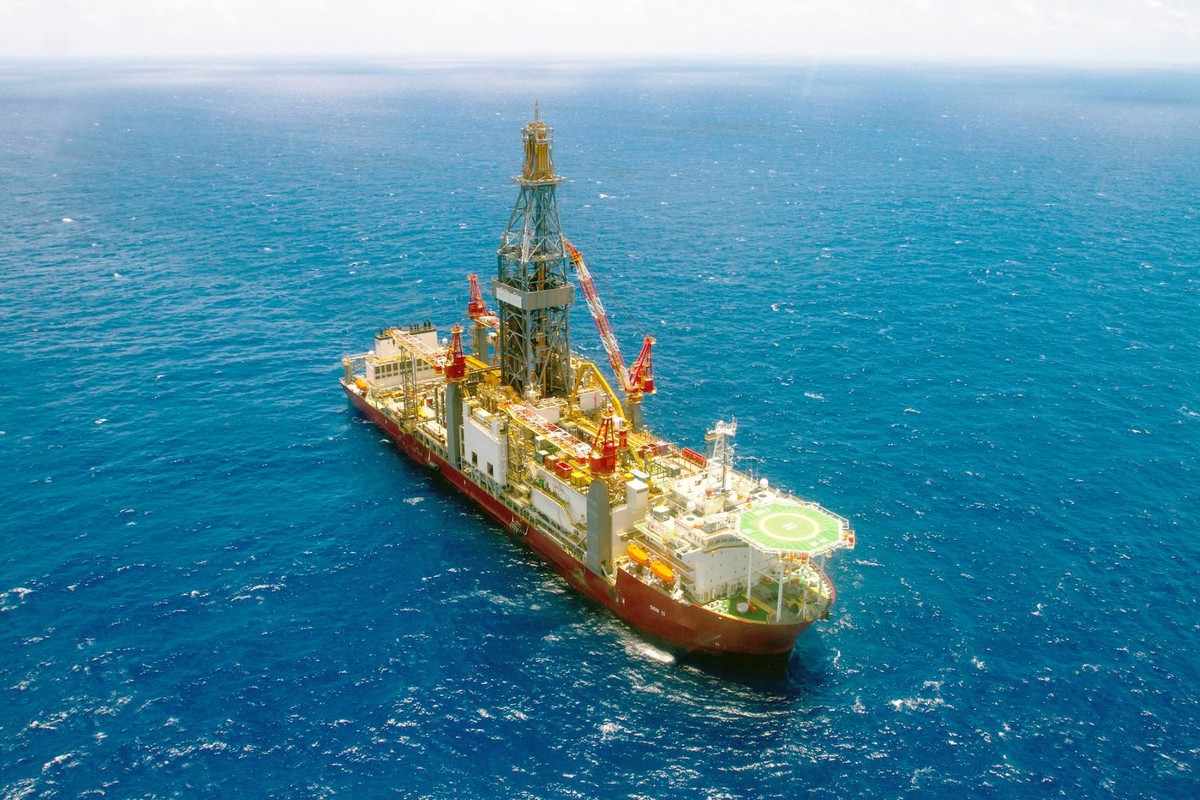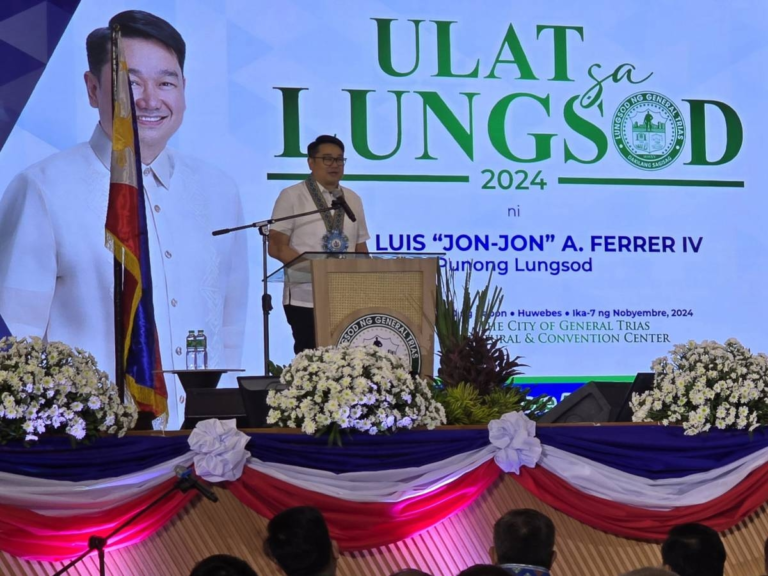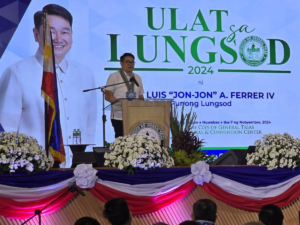A decision on Petrobras’s long-awaited permit to drill in the Foz do Amazonas basin is drawing nearer after a virtual meeting between the oil giant and Brazil’s federal environmental agency IBAMA on Wednesday (15). According to the meeting minutes, IBAMA will move forward with the licensing process, as Petrobras’s clarifications were deemed “necessary for the conclusion” of the review. “Adjustments are not an impediment,” the agency stated in its report.
The document also anticipates that IBAMA may request a new post-license simulation exercise once the permit is issued, indicating that the process is entering its final stages.
The meeting, originally scheduled for Thursday (16), was brought forward by one day and included seven IBAMA officials and four Petrobras representatives. “The meeting was considered productive by both parties, with significant progress in technical understanding and in the necessary steps to conclude the licensing process,” the agency said in the official record.
Contacted by Valor, IBAMA president Rodrigo Agostinho confirmed the meeting between the regulator’s technical team and Petrobras representatives but declined to comment on the timing of a final decision.
In August, when the regulator authorized the state-owned company to conduct operational simulation tests in the area, Mr. Agostinho told Valor that the pre-operational assessment (APO), which is the final stage of the environmental licensing process, was a “war operation that needed to be very well planned.” Such operations involve more than 1,000 people, he noted.
The APO results were approved at the end of September, with a few technical adjustments requested and later addressed by Petrobras.
This week has been marked by key developments in the Foz do Amazonas licensing process, part of Brazil’s Equatorial Margin. On Tuesday (14), IBAMA requested clarifications from Petrobras regarding emergency and wildlife response plans, saying that its technical review had identified “pending issues and uncertainties” in the submitted documents, leading to the meeting between the parties.
Following the discussion, the oil giant said in a statement that it had clarified all of the agency’s concerns and remained confident that the permit would be issued soon “as a result of the joint work between the company and IBAMA.”
According to the minutes, six main topics were discussed during the meeting: final versions of the emergency and wildlife response plans; scheduling of a post-permit simulation exercise; emergency response procedures under adverse conditions; logistics for support vessels; operational capacity of onboard teams; and improvements to nighttime navigation mapping.
One of Petrobras’s concerns now is the imminent expiration of the contract for the ODN II drillship, supplied by Foresea, which ends next Tuesday (21). The vessel, designated for the Foz do Amazonas drilling campaign, has been stationed in the region since August 18.
Petrobras CEO Magda Chambriard said on Tuesday (14) that the company is paying R$4.2 million per day to keep the vessel on standby. If the environmental license is not granted before the contract expires, the company would have to hire another rig for the project, a difficult task given the high global demand for this type of equipment.
“My concern now is with the 21st, when the rig contract expires. If we don’t start drilling by then, the rig may be removed from the site, and we might need to replace it later,” Ms. Chambriard said, adding that drilling could begin immediately after the license is approved.
In documents submitted to IBAMA, Petrobras estimated investments of R$842.4 million for the first drilling operation in block FZA-M-59, including insurance and emergency plan costs. The figure does not include expenditures on supplementary infrastructure, such as the wildlife rescue center in Oiapoque (Amapá) and airport facilities. Excluding licensing and insurance costs, which account for about 5.85% of the total, Petrobras allocated R$793.3 million to the drilling activity itself.
According to its current strategic plan, the state-owned company expects to invest $3 billion (about R$16.2 billion) in exploration across the Equatorial Margin between 2025 and 2029. The region comprises five basins where the company plans to drill 15 wells during the period. The oil giant already operates in the Potiguar Basin, off the coast of Rio Grande do Norte, which is also part of the Equatorial Margin.
Read more: Equinor starts oil production at Bacalhau field, eying 1bn barrels
(Cristiano Zaia, contributed reporting, from Brasília)
This article was translated from Valor Econômico using an artificial intelligence tool under the supervision of the Valor International editorial team to ensure accuracy, clarity, and adherence to our editorial standards. Read our Editorial Principles.
The arrival of international championships in Brazil and the growing success of national athletes abroad highlight the sport’s professionalization and expanding market potential
Projection by trade association point to R$1.4tn in assets, R$5.2bn surplus by the end of the year
A new Genial/Quaest survey shows that Brazil’s deepening political divide now mirrors the U.S., with polarization fueled by both Lula and Bolsonaro supporters and rooted in long-standing ideological fractures
Company will invest R$700m to acquire 300,000 tonnes of soybeans in the 2025/26 harvest to supply its new plant
Rising costs and stable grain prices are expected to curb profitability in 2025/26 cycle, Cepea/Esalq says
Justices say resources should be directed preferentially to worker-focused sectoral funds
With prices 50% lower than for last year’s harvest and below cost, farmers are planning to allocate land for livestock
Manufacturers fear that new regulations will increase costs and bureaucracy; reactivating a discontinued control system is no guarantee of quality
The company’s president says the contract is a ‘game changer’ for the sector
Risk mitigation measures will be required given postal company’s troubles and potential Treasury guarantees for R$20bn loan, official says







Leave a Comment